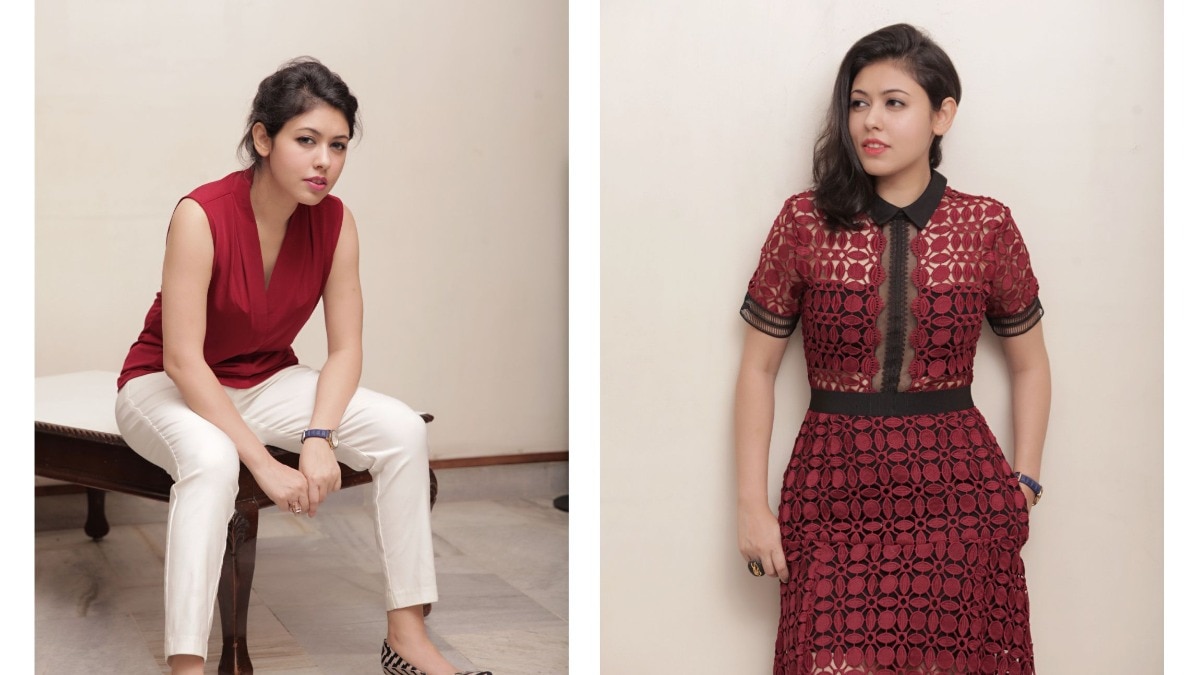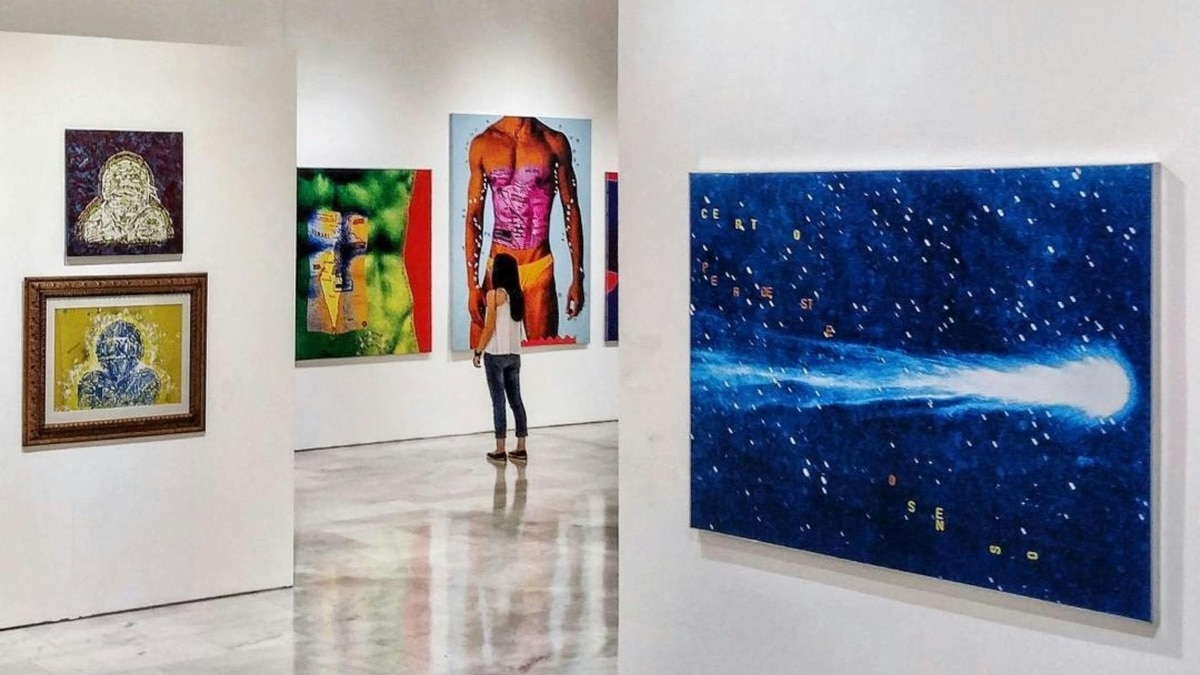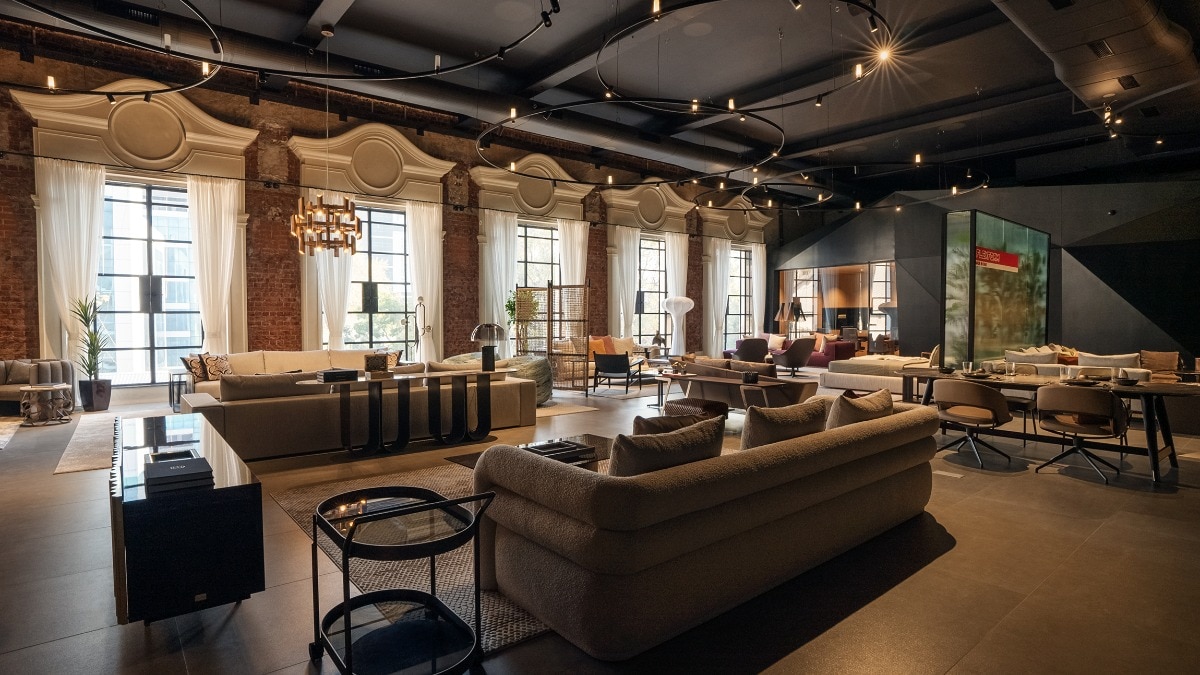Behind the scenes at Hermès—a forerunner in creating a new, classic vocabulary for totes and accessories
In a Bazaar India exclusive, Priscila Alexandre Spring, Creative Director of Hermès Leather Goods, charts her journey with the brand through its most beloved bags.


Think Hermès and the most coveted bag in the world, the Birkin, comes to mind. Rumoured unending wait-lists aside, it pays to take a peek at the French maison that’s behind some of the most iconic bags, accessories, and travel paraphernalia, coming at an age when intercontinental travel and motoring was a luxury, and being a voyageur, the ultimate status symbol.
Born in 1837 as a harness and saddlemaker, and supplier of leather and silk goods, Thierry Hermès catered to aristocrats and royals, from Napoleon III and his wife Eugénie—crafting a rocking horse for their son Prince Eugène—to Czar Nicholas II of Russia. Thierry’s eponymous brand became famous for its logo of a horse-drawn carriage, or light calèche against an orange background. In fact, one of the sections of the special travelling exhibition that stopped over in Ballard Estate, Mumbai, last November, entitled ‘Hermès Heritage in Motion’, is dedicated to the very concept of ‘Movement is Elegance’—harking to the spirit of travel that really took off in the 1920s under the stewardship of Thierry’s son Emile, who had shifted the maison to a tony Parisian address on Faubourg Saint-Honoré. From a bicycle to roller skates to a skateboard, Hermès has revealed its desire to roam—on horse, by car, or by air—creating leather bags famed for their efficacy, construction, and sheer style.
“Hermès has been in motion since it was created in 1837,” says Priscila Alexandre Spring, Creative Director of Hermès Leather Goods, over a phone call from Paris. “We have been adapting and following the evolution of lifestyles and new technology.”

When Priscila arrived at Hermès in 2015, she realised that there is genuine creative freedom in the House. “Innovation has always been at the heart of Hermès; as society has evolved, we strove for timelessness and quality—from the hand of the artisan to manufacturing—and we keep proposing fresh ideas.”
The Bolide (which is a French term for motor car), was created out of the great shift in transport in the 1920s, when Emile Hermès saw the car was taking over the horse. “Emile’s wife Julie had a car, and in 1923, he created the Bolide Bag in which she could put her belongings while she was driving,” says Priscila. “The bags reflect how women’s role in society changed over time, as they became more independent and their needs evolved. Fast forward to today—Hermès still observes how clients’ need change, by creating objects that fit consumers’ lifestyle and daily routine.” Take for instance, the Hermèsway bag, which can hold your phone, lipstick, and earphones.

The Maison that once created robust harnesses and saddles uses the same artisanal know-how with leathers and textiles. “The sentence by American architect Louis Sullivan—‘form follows function’ remains true for us,” says Priscila. “If you look at the Kelly—named after Grace Kelly—it has a perfect trapezoid shape, very architectural. Then in 1980, Jean-Louis Dumas (a scion of the family, and Chairman of Hermès from 1978 to 2006), introduced the Kellydole bag, which blends architecture and fun. And recently, we created the Kelly en Désordre—its silhouette rewrites the rule book with an asymmetrical recto-verso ‘en désordre’ construction, inventing a new shape.”

The same Jean-Louis Dumas is the genius behind the famous Birkin bag. He was on a flight from Paris to London with ’60s French actress Jane Birkin, who was a young mother with an infant at the time. “As a young mum, you don’t travel lightly,” says Priscila. “She had a bag from which her belongings kept falling off; as she was putting them back in her bag, Jean-Louis Dumas had a conversation with her about how she might need a bigger bag to hold the belongings of both, Jane and her baby. So, he created the Birkin bag named after Jane, which is still a very contemporary holdall. You can put all your belongings inside; it still remains a classic and has the same allure as a handbag.”
With its equestrian roots, it’s but natural that Hermès has a large archive to fall back upon—something that one could glimpse during the ‘Hermès Heritage’ touring exhibition. “We are lucky to have the Hermès Conservatory of Creations, and the Emile Hermès collection,” says Priscila. “Emile Hermès was an avid collector, and he collected all sorts of things, from canes to dog collars. We are privileged to have this collection as part of our grammar that we can use. For instance, the Petite Course and Arçon bags are two interpretations of the saddle. The Petite Course in French means a little errand, but in horse vocabulary, it means a small ride. It is based on the little skirt of the racing saddles, which are quite sporty. The Arçon is inspired by the big flap of a saddle, with a generous round shape and a big buckle, just like a saddle.” Other examples are the Maximors and the Della Cavalleria bags, with horse bits treated like clasp and handle. And recently, Hermès also launched the Sabot bag—literally meaning ‘hoof’, and inspired by the hooves of a horse; in two materials, leather and wicker.
For men, Hermès has never been far behind—with the Haut à Courroies, the classic man bag has been reinterpreted as a backpack with the HAC à dos. “By adding the wide strap, one can wear it crossbody or even as a shoulder bag. The larger size can fit in a computer,” says Priscila.

And what inspires Priscila for the Hermès collections, season after season? “There’s no set formula,” she says. “Pierre-Alexis Dumas is Hermès’s Artistic Director and he sets the tone every year, when he chooses the annual theme which guides us but is open to interpretation for all creatives in the house. Our leather goods collections are made by a creative collective—we hear what’s happening in the studio, and are in constant dialogue with the workshop, exchanging points of view. We may disagree, have new needs—it’s vital to a create a creative ecosystem. I strive and empower the team to do the same, and together, we build the collection.”
She says that memory and intuition are important parts of the job. “I like this phrase by Jean-Louis Dumas ‘No creation has amnesia’,” says Priscila. “I relate to this phrase because we must read into the past to ride into the present, and hopefully, ride into the future. Being spontaneous, trying out things, making mistakes, and learning from those mistakes can give us new ideas.”
What’s Priscila’s go-to bag? “For me, the Petite Course fits in everything I need when I am running small errands—my wallet and my phone,” says Priscila. And as we run around, busy in our lives, going from one place to another, we’re reminded that Hermès is never far behind—with a new bag for our every need.










